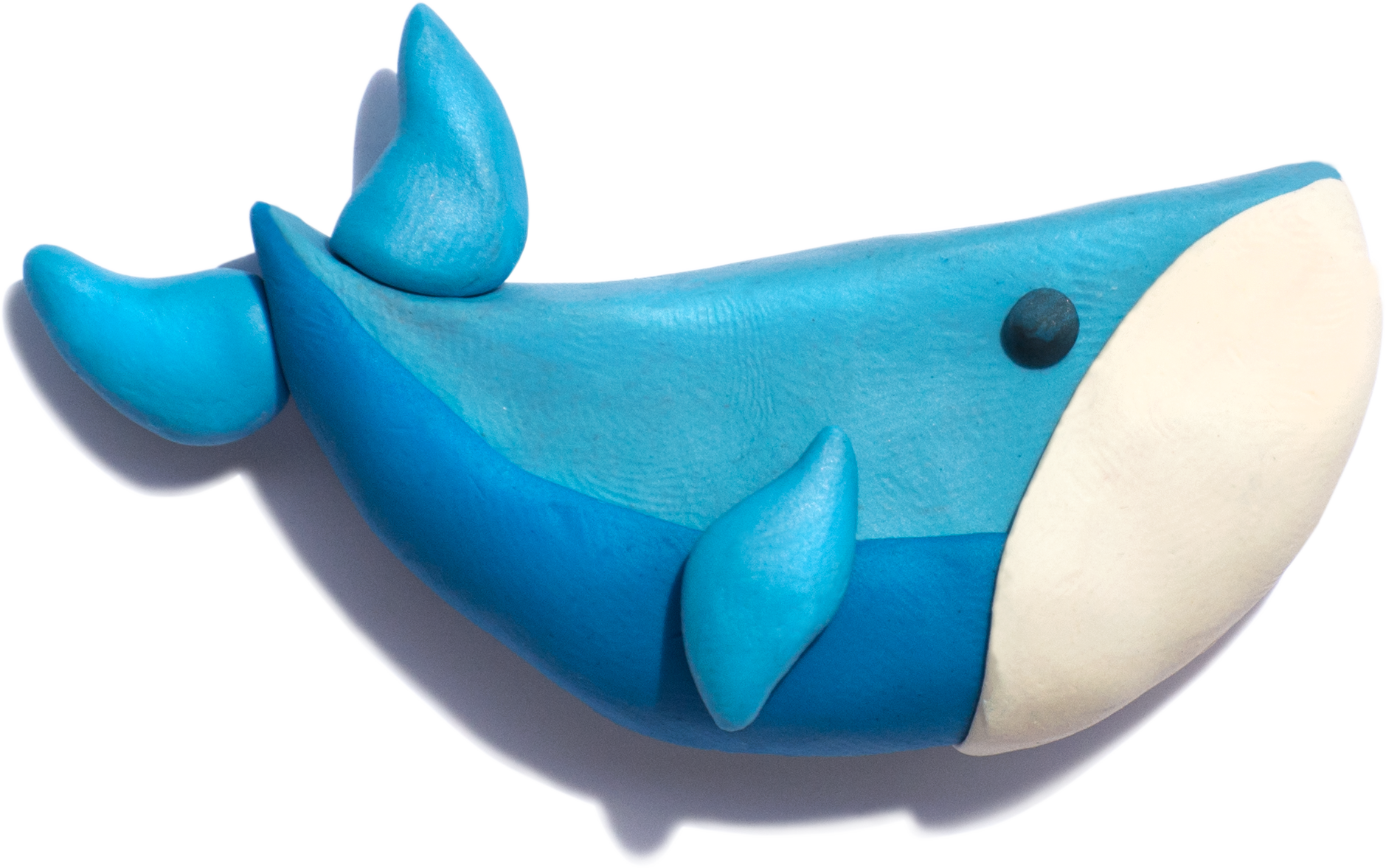
This image has format transparent PNG with resolution 1879x1177.
You can download this image in best resolution from this page and use it for design and web design.
Plasticine PNG with transparent background you can download for free, just click on download button.
Plasticine, a brand of modelling clay, is a putty-like modelling material made from calcium salts, petroleum jelly and aliphatic acids. The name is a registered trademark of Flair Leisure Products plc.
Plasticine is used extensively for children's play, but also as a modelling medium for more formal or permanent structures. Because of its non-drying property, it is a popular choice of material for stop-motion animation (including several Oscar-winning films by Nick Park). The brand-name clay is sometimes mentioned in British music, such as the "plasticine porters" in the Beatles' "Lucy in the Sky with Diamonds", the Oasis songs "Little James" and "Shakermaker", and the Placebo song "Plasticine".
Plasticine and similar materials are often used in clay animation. One of its main proponents is Aardman Animations' Nick Park, who used characters modelled in Plasticine in his four Oscar-winning Wallace and Gromit short films A Grand Day Out (1989), The Wrong Trousers (1993), A Close Shave (1995) and A Matter of Loaf and Death (2008), as well as the feature film The Curse of the Were-Rabbit (2005). This technique is popularly known as claymation in the US, and is a form of stop motion animation.
Plasticine-like materials are appealing to animators because the material can be used with ease: it is mouldable enough to create a character, flexible enough to allow that character to move in many ways, and dense enough to retain its shape easily when combined with a wire armature, and it does not melt under hot studio lighting.
Plasticine is used in long jump and triple jump competitions to help officials determine if the competitors are making legal jumps. A 10 cm wide 'indicator board' is placed beyond and slightly above the take-off line. The edges of this are chamfered and edged with plasticine If an athlete leaves a mark in the plasticine, it is considered proof that the jump was a foul, and the attempt is not measured. Plasticine is used rather than sand, so that several boards may be prepared in advance: if a board is marked it may be replaced by a smoothed board immediately to avoid delaying the competition, but keeping the marked board available in case of challenges. An indicator board is used, rather than a wide strip of plasticine, as this provides a firm footing should the athlete step on it.
In this clipart gallery you can download free PNG images: Plasticine PNG images free download